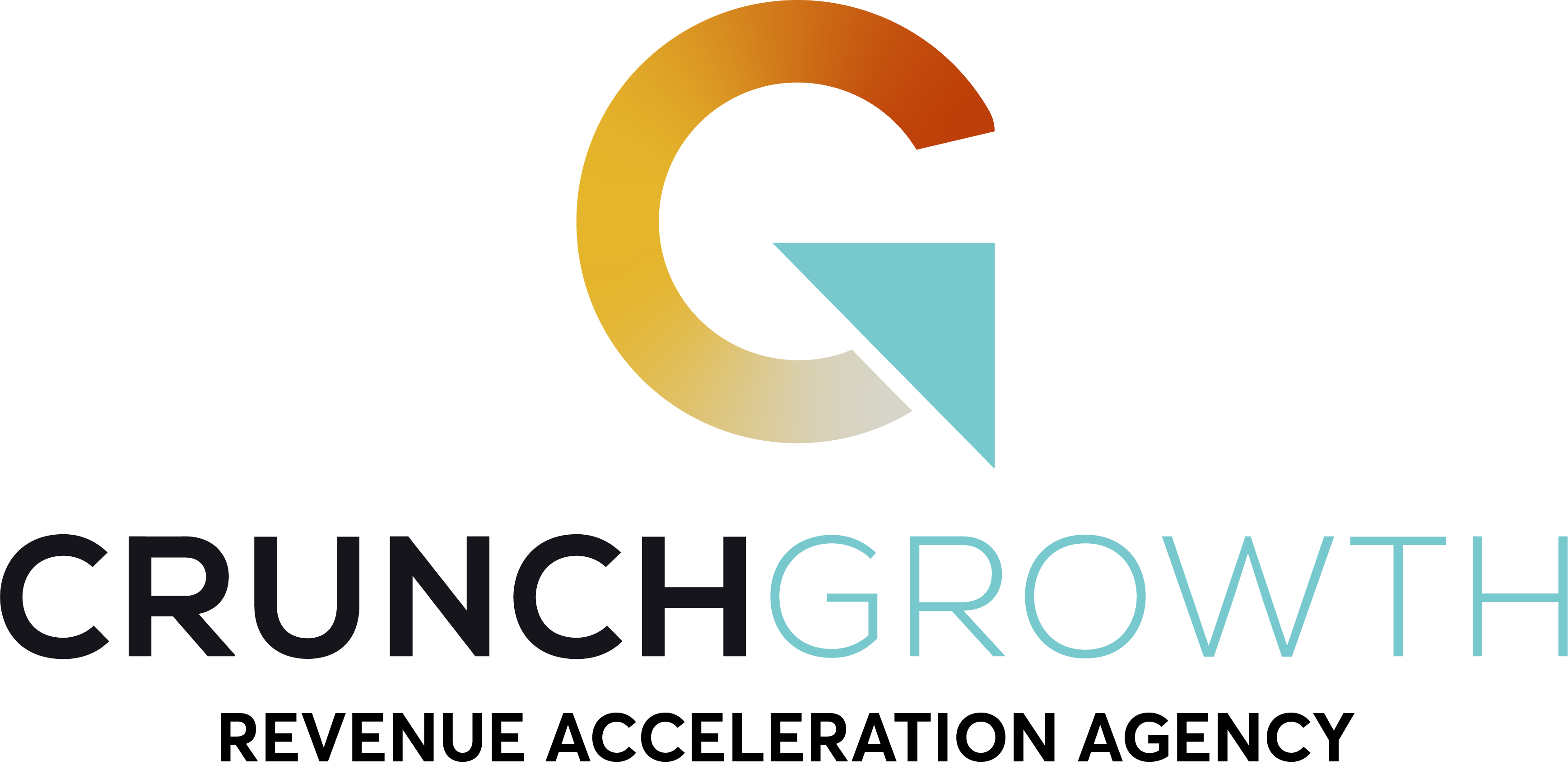Getting to know your customers by gathering feedback from them was exhausting before the internet. Today, marketers have countless tools at their disposal. Now statistics simplify this task. You can identify customer concerns, needs, and interests easily. This information allows marketers to understand their customers.
Likewise, the internet gives people a place to voice their opinion. Customers can leave feedback in many different ways. The dialog between businesses and their customers has never been easier. This helps us to understand and listen to customer concerns.
The Importance of Knowing Your Customers
Customers today have more power over brands than ever before. They can post their opinions on online forums. These forums are influential and have a worldwide reach. There are two sides to this coin. Open communication allows customers to interact with your brand.
On the other hand, it can create challenges for your business. Unfortunately, one negative comment on social media can become a catalyst. Customer opinions have a substantial impact on sales. Again, negative publicity can destroy a brand.
Stay ahead of the curve by researching customers. Create a system for identifying new trends and opportunities. Regular research allows brands to track and analyze their target market. With this information, you can find what drives customers to buy certain products. Refine your business strategy by seeing through the eyes of the customer. This strategy will improve conversion rates and expand reach.
Social media can reveal a lot about your target market. However, it’s not the best source for conducting customer research. Many tools exist to build a thorough picture of your customer.
Search Term Research
Researching keywords is an essential tool for digital marketers. Keyword research is vital for search engine optimization (SEO) and pay-per-click (PPC) campaigns. It sheds light on customer trends and preferences.
The typical process of keyword research involves:
1. Creating a list of terms which serves as a seed list.
2. Using keyword research tools to expand your list.
3. The use of competitive research for refining list.
This may seem like a straightforward approach. But, there’s always room for improvement. Consider that we are moving toward a semantic web model. There are different ways your business can improve keyword research.
To understand your customer, focus on intent and interest. Try to understand the motivation behind the customer’s search terms. This information allows you to comprehend customer intention.
Intelligent Keyword Research with Smarter Tools
All available tools aren’t created equal. Utilize specific tools at different stages of your keyword research. Create a strategy to generate high-quality, relevant keywords.
Google Adwords provides analytics to understand your target market. Over 80 percent of online searches are conducted on Google. They comprehensively collect this data. Their database is a wealth of knowledge of customer search behaviors.
SpyFu and SEMRush are competition analysis tools. They provide insight into what your competitors are doing. When you understand competitor tactics, you can effectively compete.
Soovie is a tool that shows top auto-complete queries. This gathers any keywords you may have missed.
These tools expand your keyword list. Staying on top of customer trends will increase your marketing reach. Geographic insights demonstrate interests in different regions. This informs projections of success in different locations.
The final step is perhaps the most valuable. You must refine your keyword list. Remove less popular keywords and focus on top-ranking terms.
Google offers intel into competition ratings for your keywords. Another tool, Moz, can be used to find keyword difficulty score for SEO. Find relevant keywords that are low on the competition scale. These keywords will be the most effective for your campaign.
Paid & Free Studies
Every business faces unique issues. External researchers provide services for paid research. This is an effective method for gathering intel. Your customers know what appeals to them. Listening to their needs, and applying the analysis, strengthens your marketing. Agencies offer tailored services for your target market. This data can illuminate customer issues and interests.
Surveys and focus groups are the most common methods for conducting research. These methods provide insight into customer preferences. It’s wise to do studies before a new launch. Research study results are more accurate that social media and search trends.
Google Trends
Google Trends reports data on the frequency a term is entered vs. total search volume. This tool shows keyword search volume in different demographics and regions. Create targeted campaigns with this information. Customer needs and preferences are constantly changing. Keep pace with your customers and allow your business to evolve.
Putting Customer Data to Work
Focusing on customer needs creates sustainable growth. In today’s digital marketplace, tools exist to help you conduct research. Today’s market is fast-paced. Integrate these tools and techniques. Effective research is imperative if you want to stay ahead. With a proper strategy, create a customer-focused marketing plan. The results will align with your customer’s needs. Happy customers keep coming back. Remember, customers are the key to lasting success.












One of the the most effective ways to market the product or services is to clearly know your target market. It’s important that we know who they are including their behaviors so as we can develop the products that serve them well and develop marketing strategies that will attract them and bring in sales for our business. The more detailed we get, the better.
[…] today’s competitive market, customer service can make or break your business. Providing excellent customer service is not only about meeting expectations but also about […]